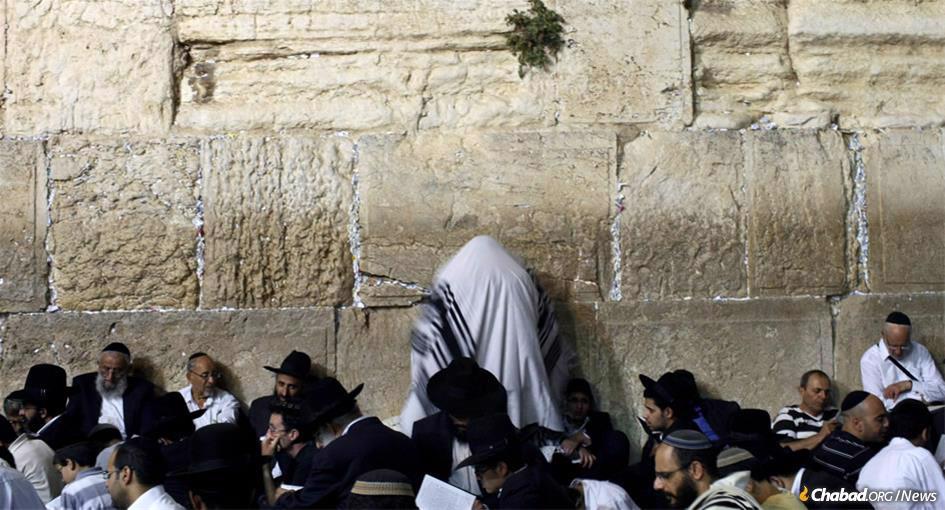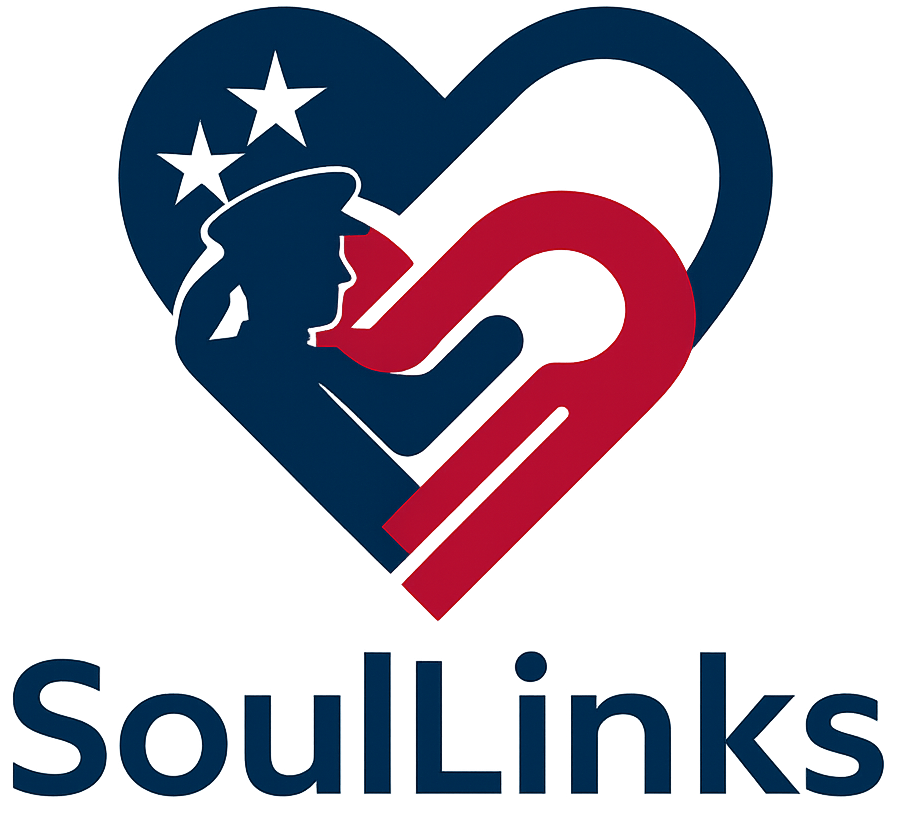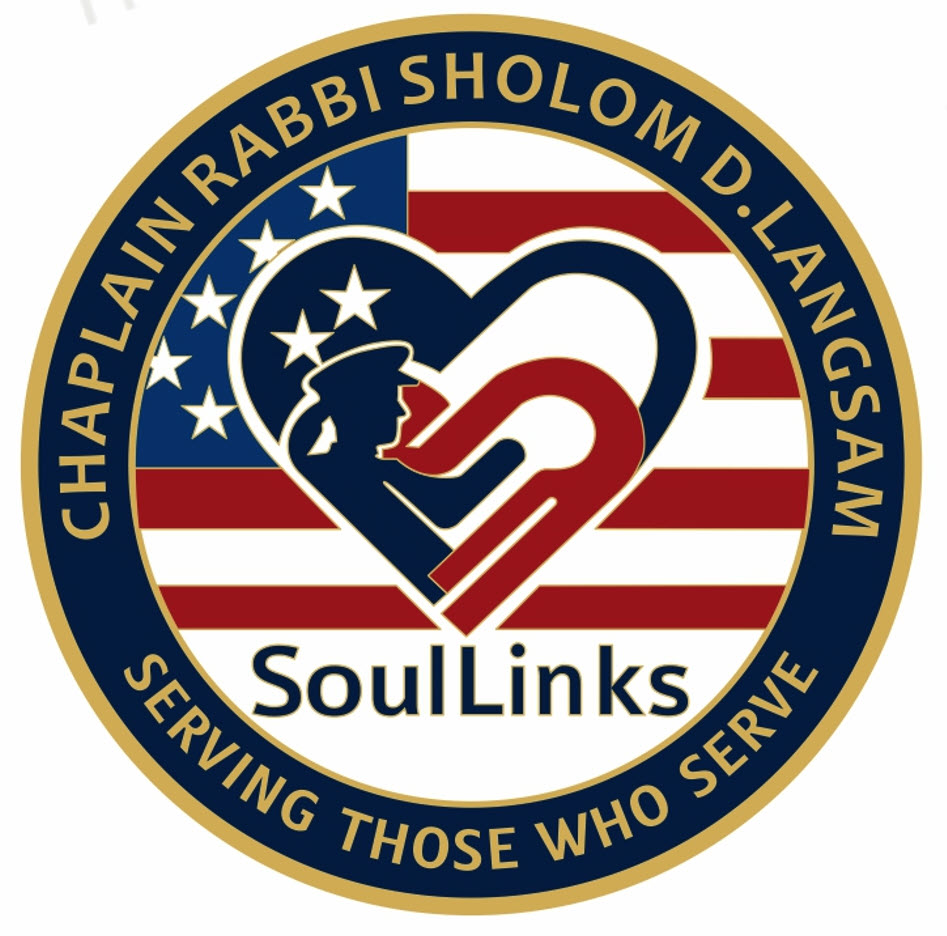This week’s Torah portion, Parshas Devarim, opens the final book of the Torah, Moshe’s farewell address to the Jewish people. But it’s more than just a historical summary. Moshe recounts the nation’s missteps, subtly reminding them of the spiritual causes behind their prolonged journey and struggles.
This theme takes on particular significance because this parsha is always read on the Shabbos before Tisha B’Av, the 9th of Av — the most tragic day in Jewish history. On this day, both the First and Second Temples were destroyed. But it wasn’t just about losing a building. It was about losing clarity, connection, and communal holiness.
The destruction, however, didn’t come from military defeat alone. Our sages in the Talmud teach (Yoma 9b):
“The First Temple was destroyed because of the three cardinal sins…
The Second Temple was destroyed because of sinas chinam — baseless hatred.”
That is both a warning and a mission statement.
Because if hatred destroyed the world we once had, then only love and kindness will rebuild it.
What is “Shabbos Chazon”?
This Shabbos has a special name: Shabbos Chazon, “The Shabbos of Vision,” named after the opening of the Haftarah: “Chazon Yeshayahu ben Amotz…” the vision of Isaiah foreseeing Jerusalem’s downfall (Isaiah 1:1). But Chassidus turns this vision on its head.
The Rebbe shares a powerful insight from Rabbi Levi Yitzchak of Berditchev:
On this Shabbos, every Jew is shown a vision of the Third Beis HaMikdash from a distance — a reminder of what we are destined to inherit and what is waiting just beyond the veil of exile.
That means we’re not just recalling the past. We are being invited to help shape the future.
A Fast with a Purpose
This year, Tisha B’Av falls on Sunday, August 3, which is the actual 9th of Av. It’s not delayed or moved. That makes this year especially powerful: we fast on the real date of the churban (destruction), and we can act on that awareness immediately.
So what do we do with that awareness?
The Rebbe emphasized that the way to respond to destruction is not despair, but action. He taught that every mitzvah, every act of compassion and tzedakah, is another step in rebuilding the Temple. The more we give, the more we heal.
So what should we do? The Rebbe famously urged us that the only way to respond to the churban is with light:
More Torah study
More chesed and love toward others
More tzedakah, the ultimate form of transformation
And a deeper commitment to hasten the coming of Moshiach
Charity: The Spiritual Building Block
Tzedakah is called “maaseh ha’chesed” — an action of kindness (Avos d’Rabbi Nosson 4:5). The Rambam (Hilchos Matanos Aniyim 10:1) writes that “there is no greater mitzvah than redeeming the oppressed through charity.” And the Talmud (Bava Basra 10a) teaches that "tzedakah hastens the redemption."
Even a coin — or a tap on your phone — can be the start of spiritual rebuilding.
👉 SoulLinks has partnered with PushkaApp to make it easy to give tzedakah daily, from anywhere. Just click on pushkahub.com/soullinks
Or make a one-time gift: www.soullinks.org/donate
Let’s make this Sunday more than a fast. Let’s make it a foundation. Every mitzvah is a message to Hashem: We haven’t given up. We’re still building.


